This article provides instructions for disabling background apps to enhance performance on Windows 11.
Windows runs certain applications in the background to gather information, send notifications, receive updates, and perform other tasks, even when you’re not actively using them. However, having many apps running in the background can sometimes lead to poor performance.
Some apps are essential and should always run in the background, while others that you rarely use shouldn’t start automatically when you’re not using them.
Windows 11 allows you to disable background apps, but this can be done one at a time.
How to turn off running background apps in Windows 11
You can disable apps from running in the background in the System settings.
Windows 11 has a centralized location for the majority of its settings. Everything can be done, from system configurations to creating new users and updating Windows from its System Settings pane.
To get to System Settings, you can use the Windows key + I shortcut or click on Start ==> Settings, as shown in the image below:
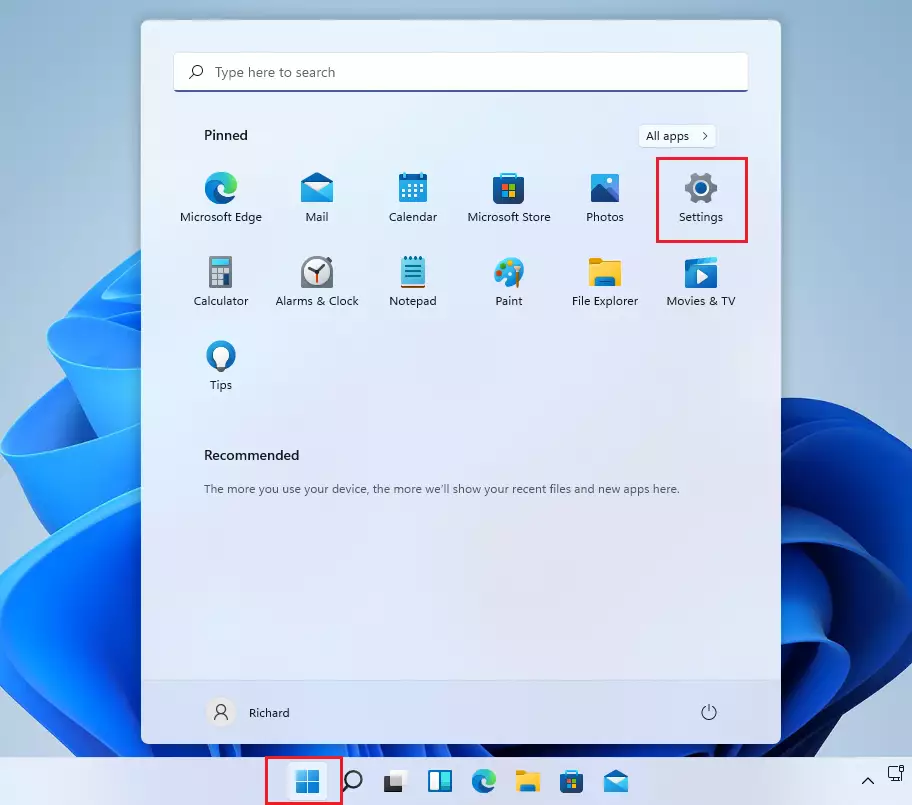
Alternatively, you can use the search box on the taskbar and search for Settings. Then select to open it.
The Windows Settings pane should look similar to the image below. In Windows Settings, click Apps, and select Apps & features on the right pane of your screen, as shown in the image below.
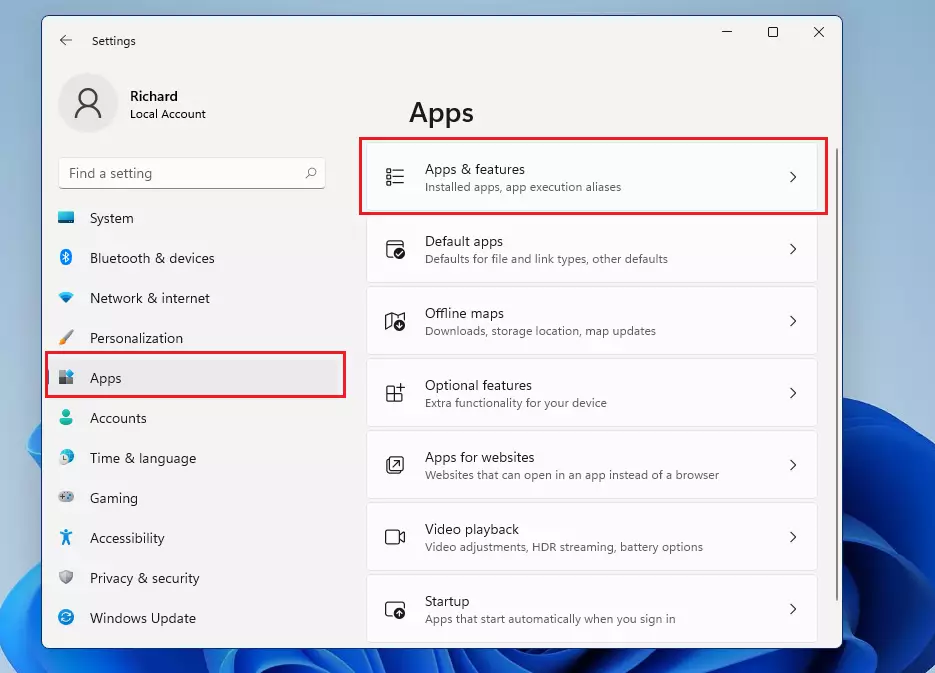
In the Apps & Features settings pane, you’ll find a list of available apps that are running in the background. Some of these apps are essential, such as the weather app for receiving timely weather updates, and the Alarms & Clock app for important event reminders, among others.
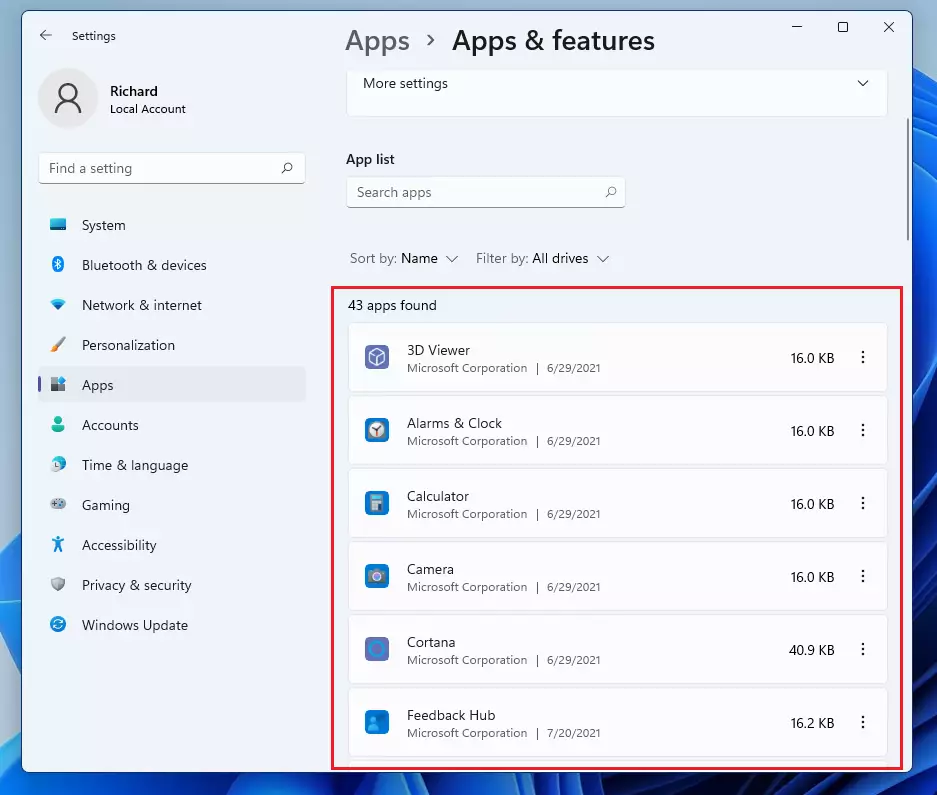
To prevent an app from running in the background, find the apps you wish to stop, click on the ellipsis (three vertical dots) next to them, and select ‘Advanced options‘ from the menu.
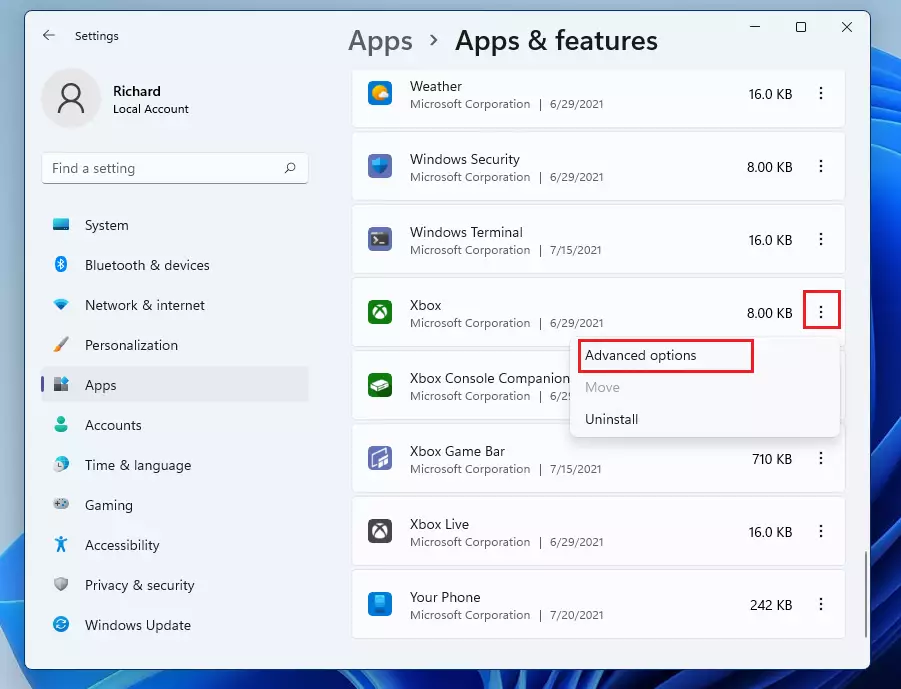
In the Advanced option, under Background apps permissions, choose Never to run this app in the background.
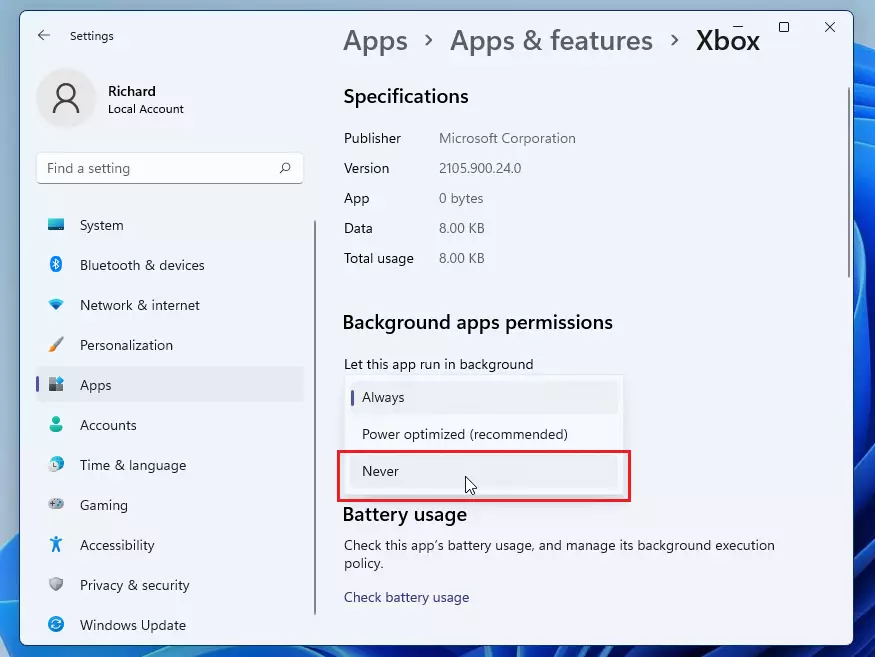
To stop the apps from running in the background, you will need to disable them one at a time for those you consider unimportant. Make sure to keep the apps that are essential so you can continue receiving accurate and timely information from Windows.
That should do it!
Conclusion:
- Disabling background apps can significantly enhance your system’s performance on Windows 11.
- Accessing the System Settings is straightforward using the Windows key + I or by searching for “Settings.”
- Review your list of background apps to identify which ones are essential and which can be disabled.
- You can manage background app settings individually for more control over system resources.
- Regularly checking and adjusting these settings can lead to a smoother user experience in Windows 11.

Leave a Reply